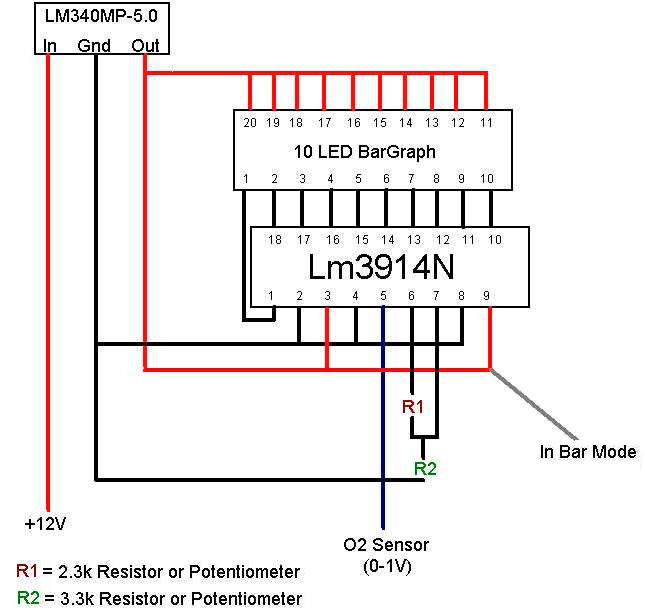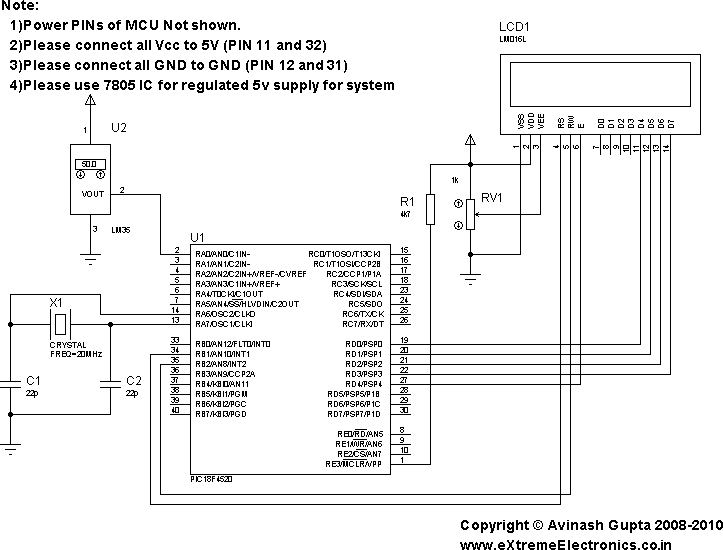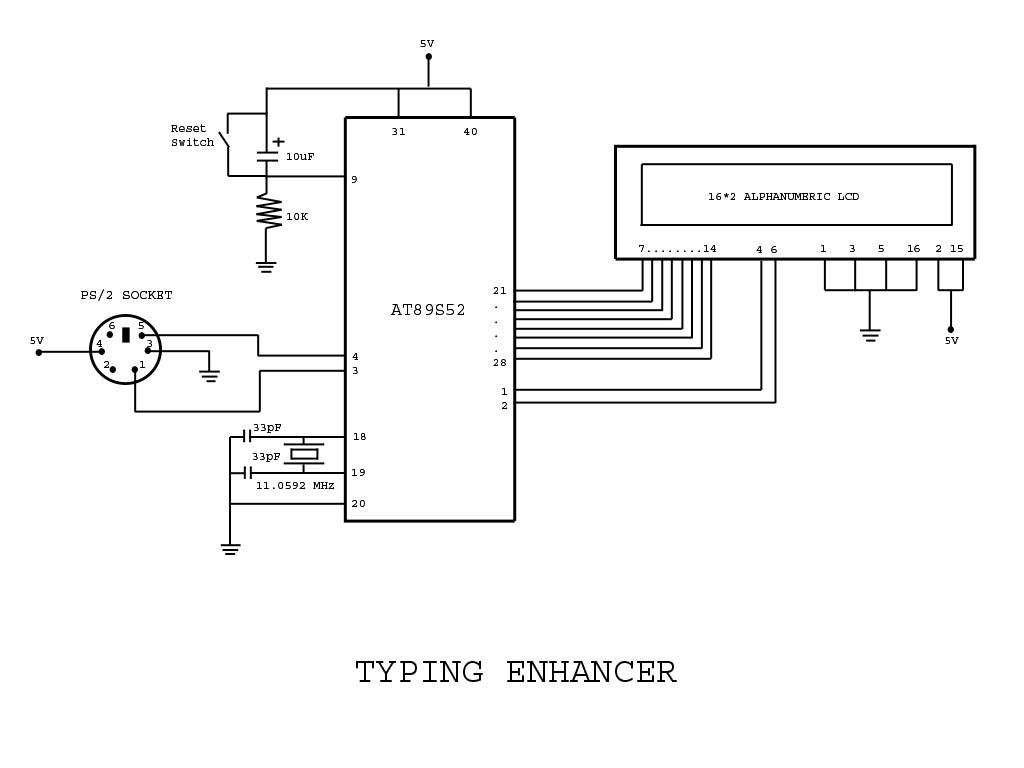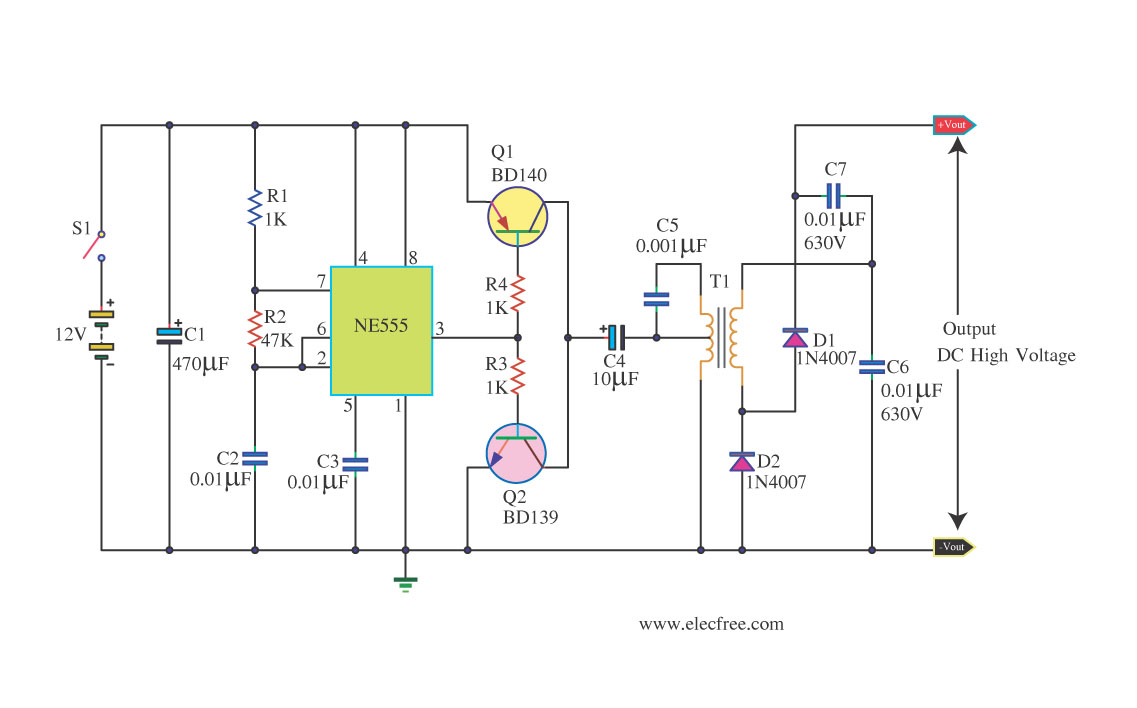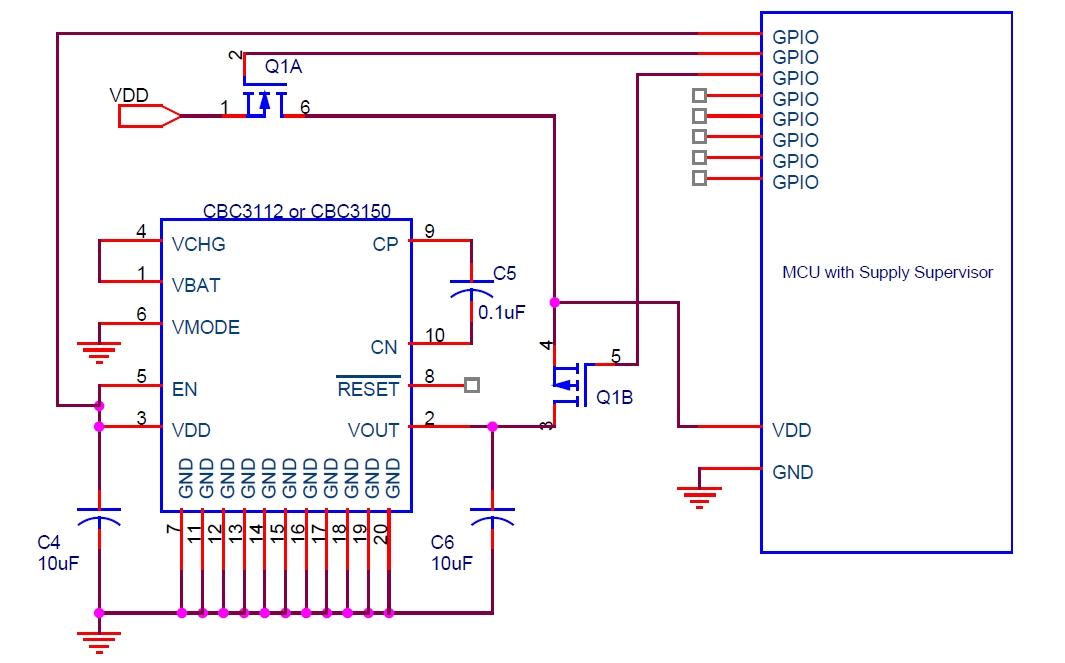
Cheap microcontroller training package by 68HC705

The microcontroller IC is a device that resembles a typical integrated circuit. However, it contains a miniature computer within its architecture. This device can serve as a replacement for transistors.
Microcontroller integrated circuits (ICs) are compact, multifunctional devices that integrate a processor core, memory, and programmable input/output peripherals on a single chip. They are designed to execute a set of instructions and can perform a variety of tasks, making them essential components in embedded systems. Microcontrollers are widely used in applications ranging from simple household appliances to complex automotive systems.
Typically, a microcontroller includes several key components: a central processing unit (CPU) that executes instructions, random access memory (RAM) for temporary data storage, read-only memory (ROM) or flash memory for program storage, and various input/output (I/O) ports for interfacing with other devices. The architecture allows for efficient control and monitoring of external hardware, enabling the microcontroller to respond to real-time data inputs.
Microcontrollers can be programmed using various high-level programming languages such as C or assembly language, allowing developers to create tailored applications. The ability to replace traditional discrete components, like transistors, with a single microcontroller simplifies circuit design, reduces board space, and enhances functionality.
In addition to basic control functions, modern microcontrollers often include integrated peripherals such as analog-to-digital converters (ADCs), timers, communication interfaces (like UART, SPI, and I2C), and even built-in wireless communication capabilities. This versatility makes microcontrollers suitable for a wide range of applications, including automation, robotics, consumer electronics, and IoT devices.
The use of microcontrollers has revolutionized the design and implementation of electronic systems, providing designers with powerful tools to create efficient, compact, and cost-effective solutions.The microcontroller IC is a device that looks like a common IC. But inside it, the virtual a miniature computer. This device can be used instead of transistors.. 🔗 External reference
Microcontroller integrated circuits (ICs) are compact, multifunctional devices that integrate a processor core, memory, and programmable input/output peripherals on a single chip. They are designed to execute a set of instructions and can perform a variety of tasks, making them essential components in embedded systems. Microcontrollers are widely used in applications ranging from simple household appliances to complex automotive systems.
Typically, a microcontroller includes several key components: a central processing unit (CPU) that executes instructions, random access memory (RAM) for temporary data storage, read-only memory (ROM) or flash memory for program storage, and various input/output (I/O) ports for interfacing with other devices. The architecture allows for efficient control and monitoring of external hardware, enabling the microcontroller to respond to real-time data inputs.
Microcontrollers can be programmed using various high-level programming languages such as C or assembly language, allowing developers to create tailored applications. The ability to replace traditional discrete components, like transistors, with a single microcontroller simplifies circuit design, reduces board space, and enhances functionality.
In addition to basic control functions, modern microcontrollers often include integrated peripherals such as analog-to-digital converters (ADCs), timers, communication interfaces (like UART, SPI, and I2C), and even built-in wireless communication capabilities. This versatility makes microcontrollers suitable for a wide range of applications, including automation, robotics, consumer electronics, and IoT devices.
The use of microcontrollers has revolutionized the design and implementation of electronic systems, providing designers with powerful tools to create efficient, compact, and cost-effective solutions.The microcontroller IC is a device that looks like a common IC. But inside it, the virtual a miniature computer. This device can be used instead of transistors.. 🔗 External reference
